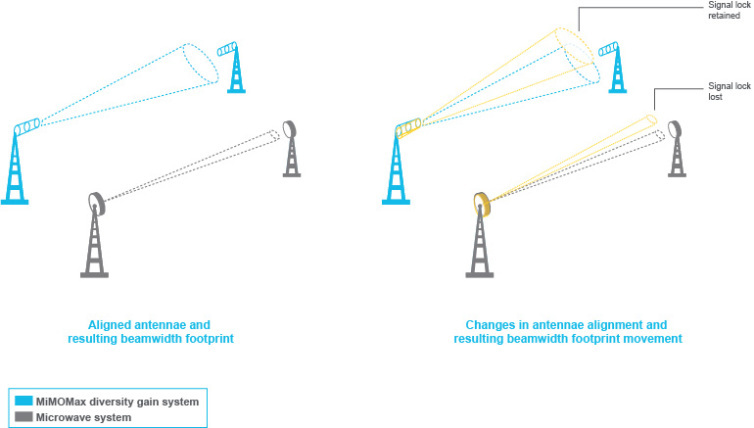Blogs
IP linking: an award-winning (and quakeproof) PMR site solution!
The robustness of MiMOMax’s IP linking was put to the test in 2011 during the 6.3 magnitude earthquake in Christchurch, New Zealand. Orion, the country’s leading electricity provider, has a private network which survived the natural disaster, and allowed personnel to start energy restoration while maintaining communications in the field.
“After the earthquake, when public access systems were overloaded and some microwave linking solutions were knocked out of alignment, radio worked. Radio worked when other systems failed [thanks to the IP linking solution],” stated Paul Daigneault, Managing Director, MiMOMax.
This was crucial in getting both Orion and the entire community up and running after the earthquake. The great success of this communications network – that utilizes a hardened MiMOMax UHF IP linking solution – was recently recognized by the Utilities Telecom Council (UTC) with the award of the prestigious Apex Award for 2012.
“Because our wireless links operate in licensed UHF frequencies and have relatively wide-beam antennas, antenna towers can be skewed up to 45 degree angles and still remain functional,” explains Neville Digby, Senior Systems Engineer at Orion. This proved very useful after the earthquake changed the Christchurch landscape. Digby adds that the earthquake “…simply confirmed our choice of UHF IP linking as a mission-critical solution. There was, and still is, no other alternative”
MiMOMax linking with wide-beam antenna comparison.
For more information read the full Orion Apex Award press release.
A common misconception about IP linking solutions is that a large amount of bandwidth is required. However, analog and digital PMR (Professional Mobile Radio) base station sites can be reliably and efficiently linked using narrowband point-to-point wireless networks operating in the UHF band, generally at OSI (Open Systems Interconnection) layer-2, i.e. the data link layer.
“Megahertz Bandwidths” are not needed to provide an optimized, low latency, PMR network linking solution. Alternately, spectrally efficient narrowband systems, which have been cleverly designed to achieve the desired Quality of Service (QoS), are a good fit for linking PMR sites. If you overlook the QoS issues, then systems selected on the basis of “Megahertz Bandwidths” alone may still lead to excess delays and data loss. The most critical attributes for a network link carrying Voice over Internet Protocol (VoIP) packet data are low latency, jitter and high reliability.
Being aware of these issues means it is possible to design narrowband linking products that are able to achieve latencies better than 10 milliseconds. The combination of intelligent radio design and smart software features means it is possible to support a large number of PMR channels in narrow bandwidth while still maintaining very low latency and jitter.
PMR linking solutions need to be robust and have the ability to rapidly re-train in the presence of destructive interference so that the overall availability is as high as possible in any given environment. Moreover, very low latency and jitter is critical so that the linking solution does not add to the overall system latency and jitter performance. Optimum linking solutions are those that support Forward Error Correction (FEC) schemes but not at the cost of excessive latency.
















